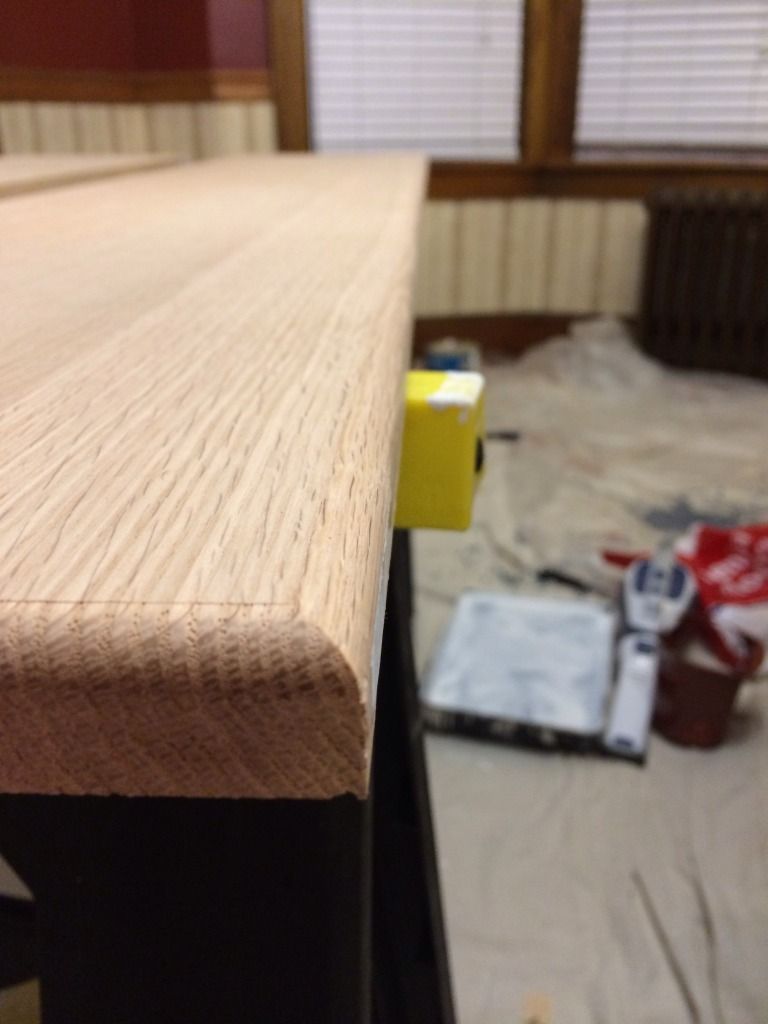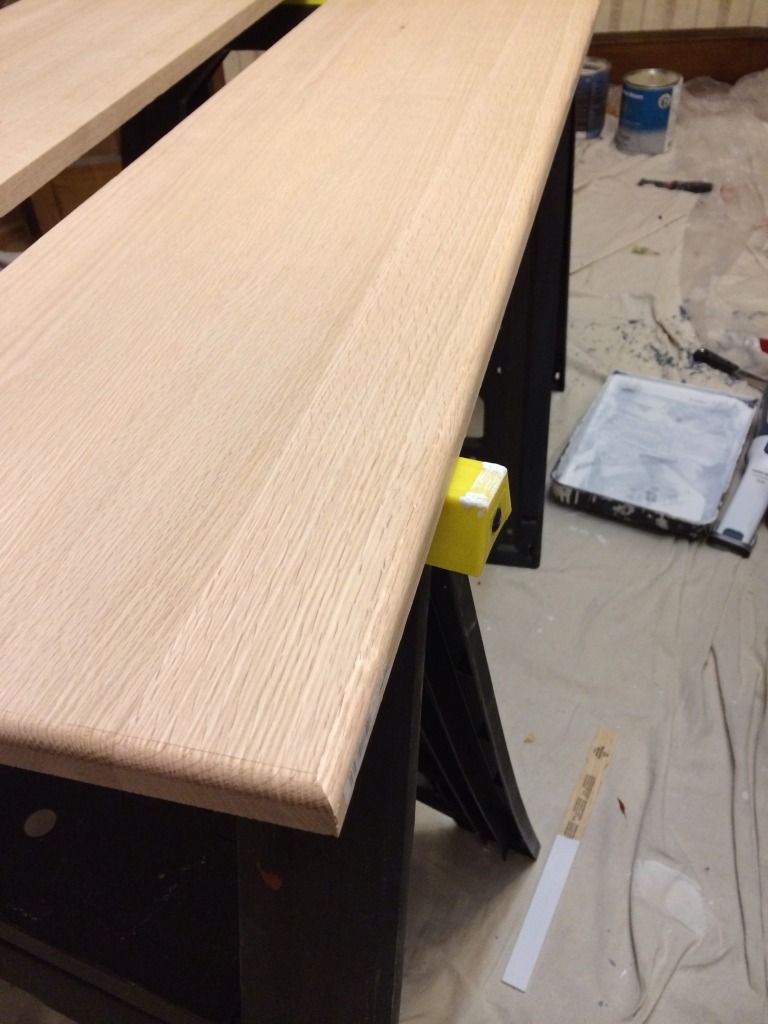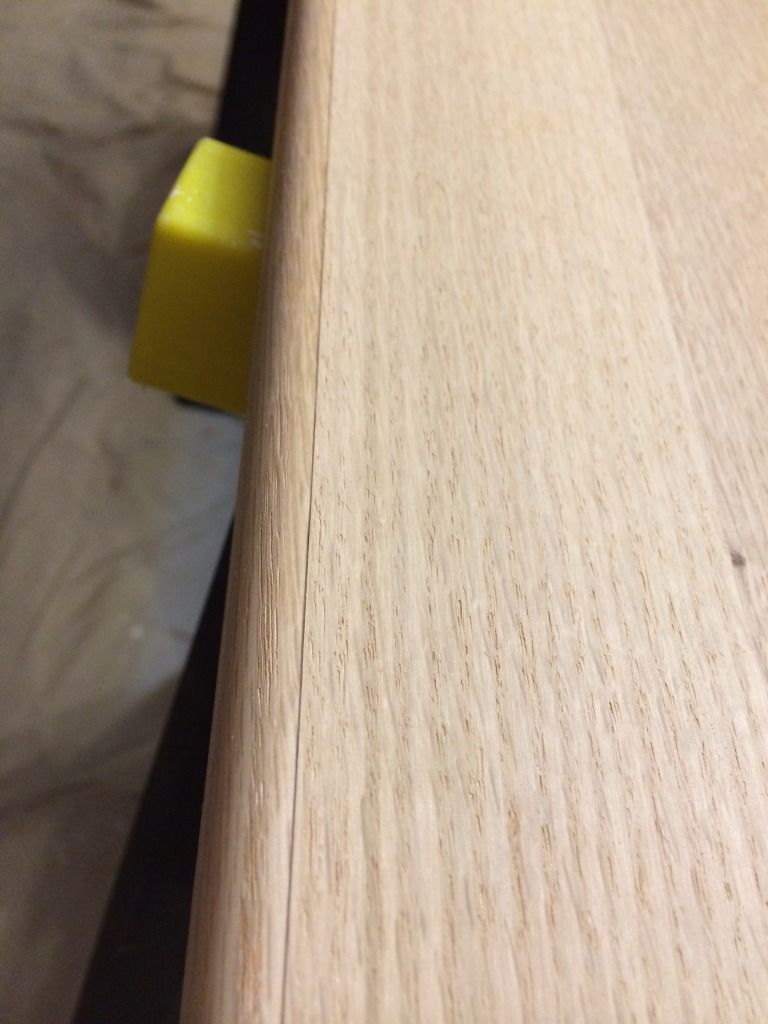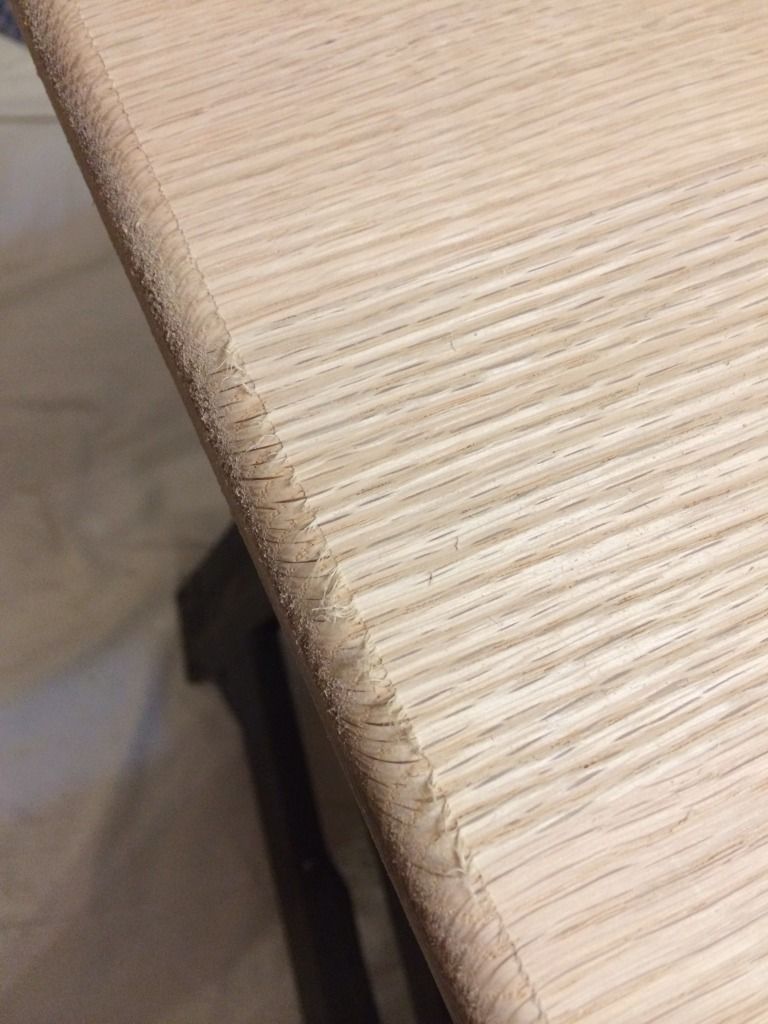If you want an ogee, then you need a router. (There is another way but won't go into that here as it requires a specialized tool...).
With that decided and you plan on using pine, oak or chestnut, you'll need to choose an ogee profile and it'll probably come on an 1/2" shank, so a router with a 1/4" only collet won't work.
Regarding name-brand routers vs. HF-junk, the former will be much better made, have quality sealed bearings and be well-balanced & precision machined. Remember the shaft spins around 23,000 rpm with significant torque, while you're holding on to the body. A bit hairy when you're a beginner, but you'll get used to it. The tool demands respect!
IF you don't want to buy, you may be able to rent one for a few hours from a local HD...but you'll still have to buy the bit.
Sounds like your Grandfather lives too far away to borrow his, correct?
Another option is to inquire at a local Woodcraft or Rockler woodworking store and see if someone there will do it for some cash. You could also contact a local woodworkers club and ask them for assistance.
Thanksgiving is two days away though....also, don't forget your earplugs!
With that decided and you plan on using pine, oak or chestnut, you'll need to choose an ogee profile and it'll probably come on an 1/2" shank, so a router with a 1/4" only collet won't work.
Regarding name-brand routers vs. HF-junk, the former will be much better made, have quality sealed bearings and be well-balanced & precision machined. Remember the shaft spins around 23,000 rpm with significant torque, while you're holding on to the body. A bit hairy when you're a beginner, but you'll get used to it. The tool demands respect!
IF you don't want to buy, you may be able to rent one for a few hours from a local HD...but you'll still have to buy the bit.
Sounds like your Grandfather lives too far away to borrow his, correct?
Another option is to inquire at a local Woodcraft or Rockler woodworking store and see if someone there will do it for some cash. You could also contact a local woodworkers club and ask them for assistance.
Thanksgiving is two days away though....also, don't forget your earplugs!




